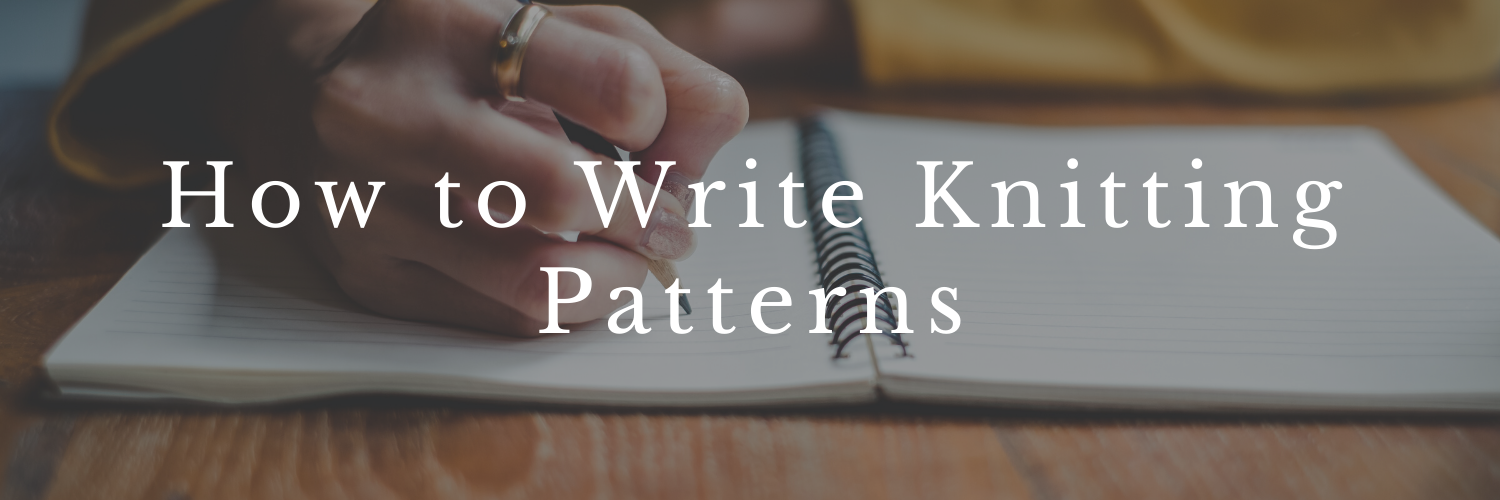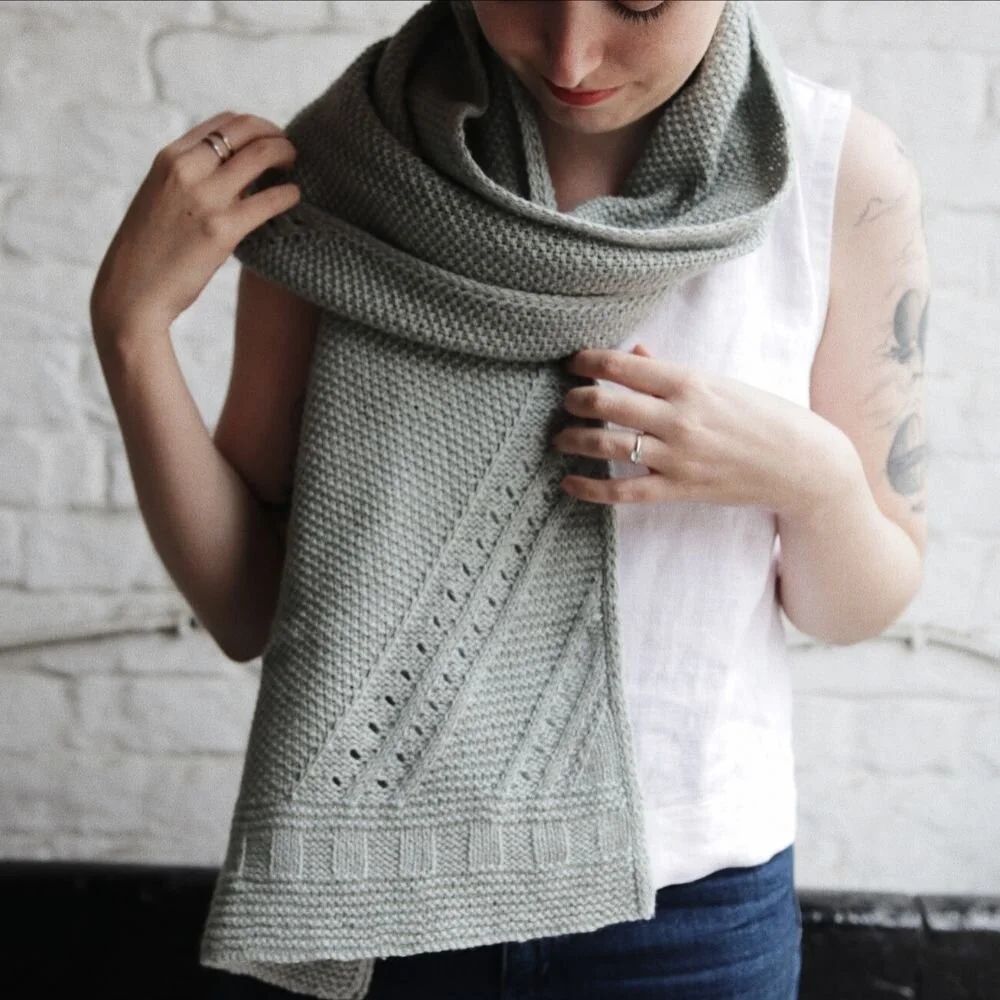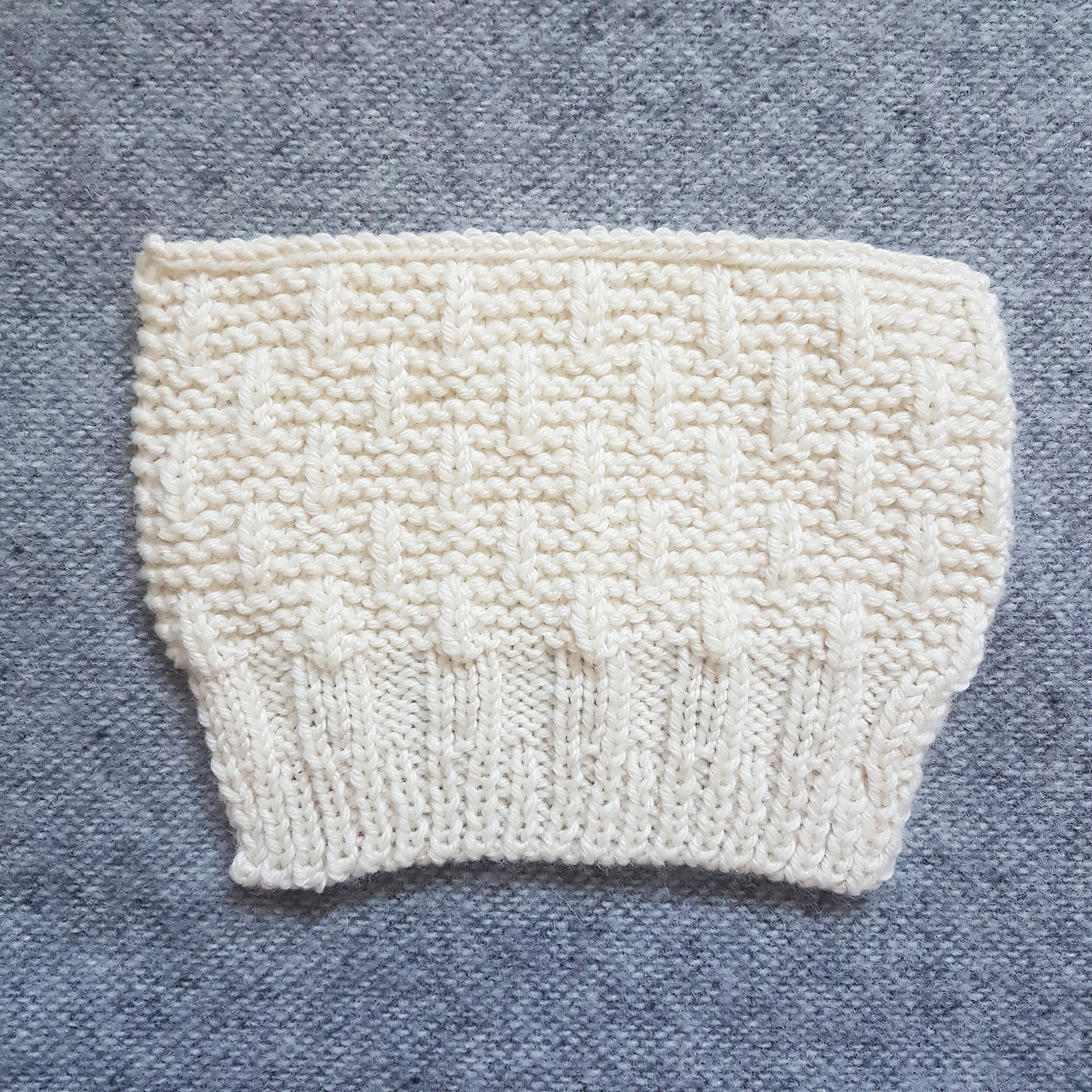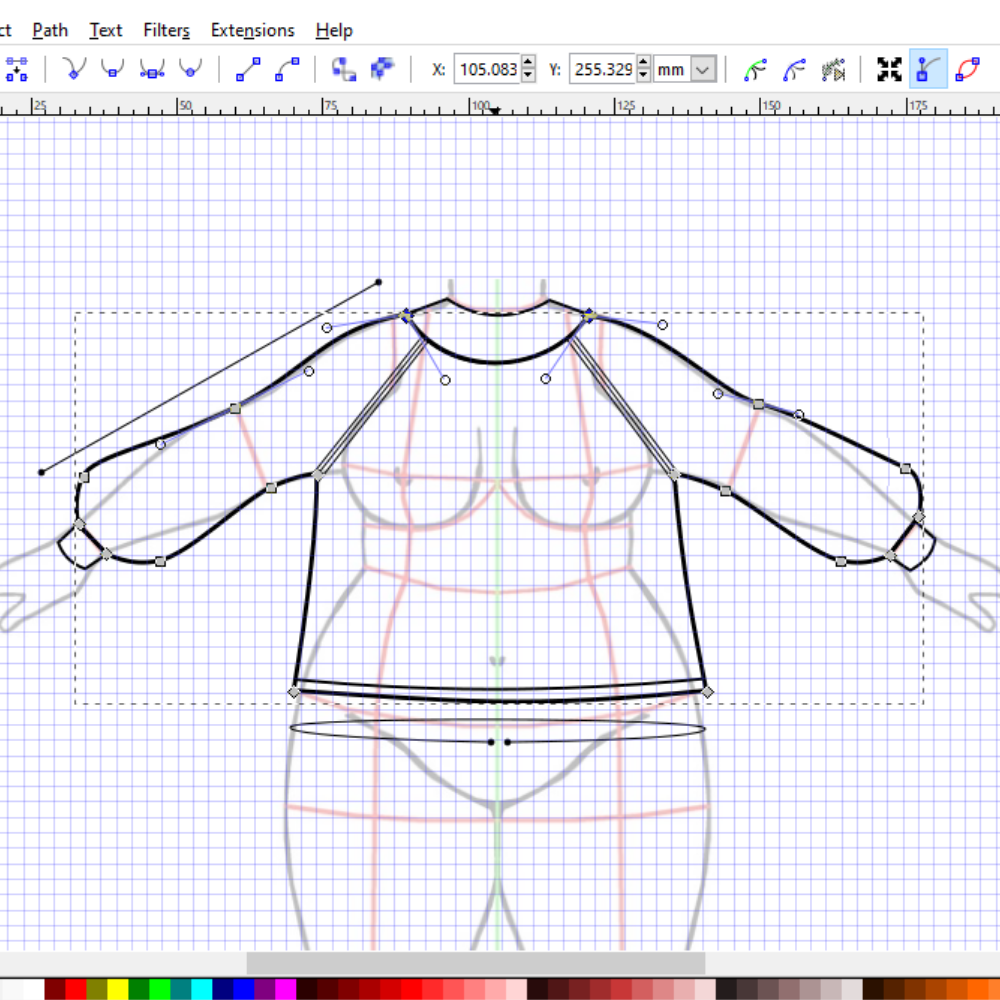The Basics of Writing a Knitting Pattern
Writing knitting patterns can be intimidating. You might be able to come up with a design idea and even knit it into a sample garment, but how do you turn all of that into a pattern?
In this blog post, I will teach you how to translate your personal shorthand into a knitting pattern that makers will be able to understand and follow.
Knitting Pattern Fluency
In order to be able to write knitting patterns, you should have significant experience of knitting from them. Standard pattern language can be super confusing and it’s only through working with knitting patterns that you can become truly fluent in it.
If you want to write good knitting patterns, make sure that you continue to knit from good knitting patterns. It will open your eyes up to new ways of communicating complex instructions, as well as help you to identify what you like and don’t like about certain pattern instructions.
Learn how to translate your personal shorthand into a knitting pattern that makers will be able to understand and follow.
Knitting Pattern Structure
Most knitting patterns follow the same structure. This structure exists to make it very easy for the maker to find the information they are looking for, so I recommend using it.
Here are the specific sections you should include within your knitting pattern:
Front Page
On the front page, you should include a clear, attractive photo(s) of your design as well as the name of the pattern.
Pattern Notes
The pattern notes should include a short paragraph about your design that appeals to the maker’s emotions - this is called “romance copy”. It might include a short story about the inspiration behind the design or insights into how you envision the design being worn.
You should also include information on the construction of the pattern so that the maker knows what to expect going into it.
Materials & Info
This is that big section you see in every knitting pattern that describes everything the maker needs or might need to know in order to start knitting the pattern. This includes:
Skill Level
Sizing
Finished Measurements (metric and imperial)
Ease
Yarn
Needles (US and mm)
Extras
Gauge
Links to Advanced Technique Tutorials
Create hierarchy by using headings to help makers keep track of where they are in the knitting pattern.
Pattern Instructions
Break your instructions into sections with a clear hierarchy of headings to help makers keep track of where they are in the pattern.
You can read more about how to create visual heading hierarchy in my blog post about knitting pattern PDF layouts.
If a section is particularly confusing e.g. sections with “at the same time” instructions, it’s nice to preface that section with a short note explaining what to look out for and how it is done.
Abbreviations
This section should only include abbreviations that you used in the pattern - no more, no less.
Your abbreviations should also be consistent between all of your self-published patterns. That’s why you should keep a standard list of abbreviations and their definitions, so that you can copy and paste from it every time you write a new pattern. My tech editor asked me to do this for ages and I’m so glad that I finally did it! It makes this part so much easier.
Graphics
Keep all of your graphics together - that means charts, schematics and any other diagram you might want to include. Make them nice and big so that the maker can easily refer to them.
About the Designer
This is a section where you can give a brief paragraph about who you are as a designer. You can also link to places where you sell your other knitting patterns and encourage makers to share their projects on social media using the official pattern hashtag.
Knitting Pattern Language
There are some standard ways of writing a knitting pattern, however, every designer will have differences in the phrasing they use.
Try to define the phrasing you will use as a designer and stick with it in future patterns. It is really helpful to use a style sheet here.
A style sheet is a document that defines that way that you write everything from your pattern notes to the phrasing in your instructions.
I only started using a personal style sheet last year (mainly because I had no idea I’d need to use one when self-publishing!) but it has made the pattern writing process so much easier.
Try to be as clear as possible in your instructions. Be specific about the exact techniques you use, e.g. what type of cast-on or increases/decreases.
If you’re struggling to decide what kind of language to use when writing your knitting pattern, have a look at patterns you have enjoyed knitting from. Notice what you like about the writing style and consider how you could adopt that in your own pattern writing.
Since you are likely writing a pattern that will be a digital download, you don’t need to worry too much about the length of your pattern in the same way that you would for print, however, do try to be concise. Makers will be intimidated by a sock pattern that is 20 pages long!
Take it Slow and Steady
I’m not going to lie - this part of the process can be tough. At times, you will feel like your brain is overheating, trying to figure out how best to communicate a tricky set of instructions!
But if you take it slow and steady, referring to your grading spreadsheet to get the numbers for each size, you will get there.
Discussion
What steps will you be taking to improve your pattern writing? Share with The Sisterhood in the comments section below. I’d love to hear from you!














